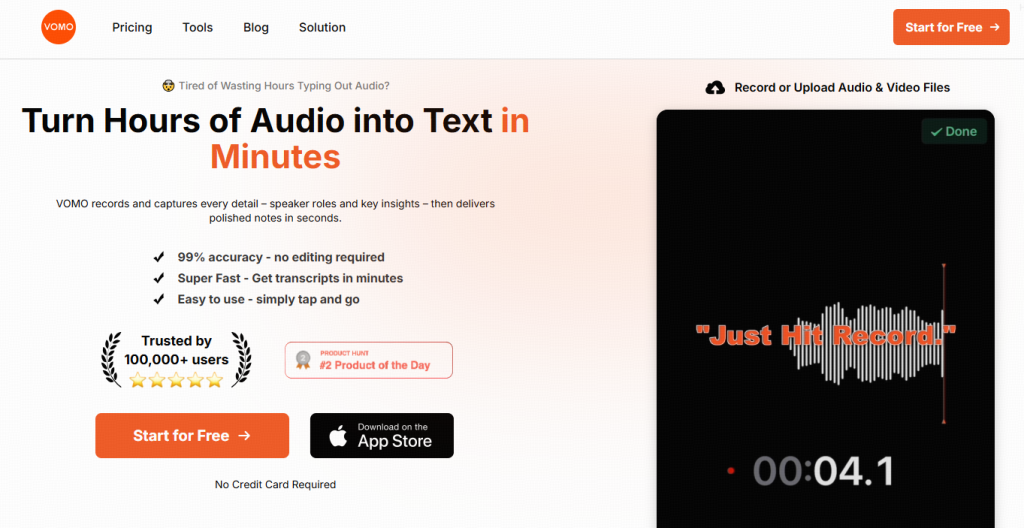Yes — but not directly in its default chat interface. ChatGPT itself cannot “listen” to audio files in the traditional sense without an additional tool or integration. However, when paired with features like OpenAI’s Whisper model or third-party transcription services, it can process audio, convert it into text, and then analyze, summarize, or respond to the content. This means you can upload an audio file to a compatible platform that uses ChatGPT for further analysis.
How ChatGPT Processes Audio Files
When connected to an audio transcription engine, ChatGPT receives the spoken content as plain text. This allows the model to “understand” the audio’s meaning, answer questions about it, or even rewrite it for clarity. The workflow generally looks like this:
- Upload your audio file (e.g., MP3, WAV) to a supported tool.
- The transcription service converts audio to text using AI speech-to-text technology.
- ChatGPT analyzes that text to summarize, translate, or answer questions.
ChatGPT and Video Files: Can It Do Video to Text?
Although ChatGPT cannot directly process video files, you can extract the audio track from a video and transcribe it. This process — often called video to text — uses the same speech-to-text pipeline. Once transcribed, ChatGPT can help you summarize the video’s dialogue, identify key points, or reformat it into meeting notes, articles, or scripts.
Best Tools to Use with ChatGPT for Audio and Video
If you want to extend ChatGPT’s abilities to audio and video, consider these solutions:

- OpenAI Whisper API – High-accuracy transcription for multiple languages.
- VOMO AI – Converts audio and video into text, then allows AI-powered summaries.
- Otter.ai – Good for meetings, lectures, and interviews.
- Notta – Works well for multi-language audio transcription.
Common Use Cases for ChatGPT Audio Processing
- Meeting Transcripts – Record and transcribe team meetings for easy review.
- Podcast Summaries – Convert long episodes into key bullet points.
- Lecture Notes – Turn classroom recordings into concise study material.
- Interview Analysis – Extract themes and quotes from recorded interviews.
Limitations You Should Know
While the combination of ChatGPT and transcription tools is powerful, there are limitations:
- Accuracy depends on audio quality and background noise.
- Real-time listening is not available in most setups.
- Native ChatGPT chat (without plugins) cannot open audio or video files directly.
Final Thoughts
ChatGPT can’t “listen” to audio files on its own, but when paired with transcription tools, it becomes a highly effective audio and video analysis assistant. By converting speech into text first, you unlock the model’s full potential for summarization, translation, and Q&A.

